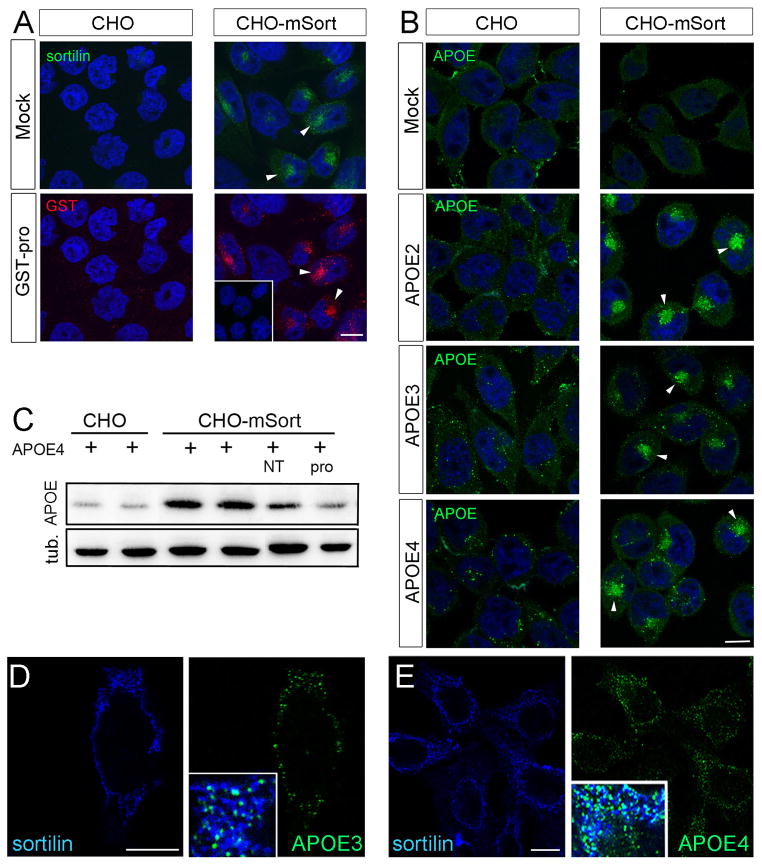Figure 9. Sortilin mediates cellular uptake of human APOE.
(A, B) Replicate layers of parental Chinese hamster ovary (CHO) cells or CHO cells overexpressing murine sortilin (CHO-mSort) were incubated with blank medium (mock), with medium containing 500 nM of the pro-domain of nerve growth factor fused to glutathione S-transferase (GST-pro), or with conditioned media from HEK293 cells transfected with expression constructs for human APOE2, APOE3, or APOE4. Receptor-dependent uptake of ligands was determined by immunodetection of sortilin (A), GST-pro (A), as well as APOE (B). Arrowheads highlight the localization of receptor and ligands in the perinuclear region of the cells. The inset in panel A indicates lack of ligand uptake in cells treated with GST instead of GST-pro. Scale bars: 4 μm. (C) Detection of APOE and tubulin (loading control) in extracts of parental CHO or CHO-mSort cells incubated for 30 minutes with lipidated recombinant APOE4. Where indicated, the medium also contained 10 μM neurotensin (NT) or GST-Pro (pro). (D, E) Detection of sortilin and APOE3 (D) and sortilin and APOE4 (E) on the surface of non-permeabilized CHO-mSort cells by immunocytochemistry. Insets in D and E show the merged pictures with white color indicating co-localization of sortilin (blue) and APOE (green) on the cell surface. Scale bars: 4 μm.

